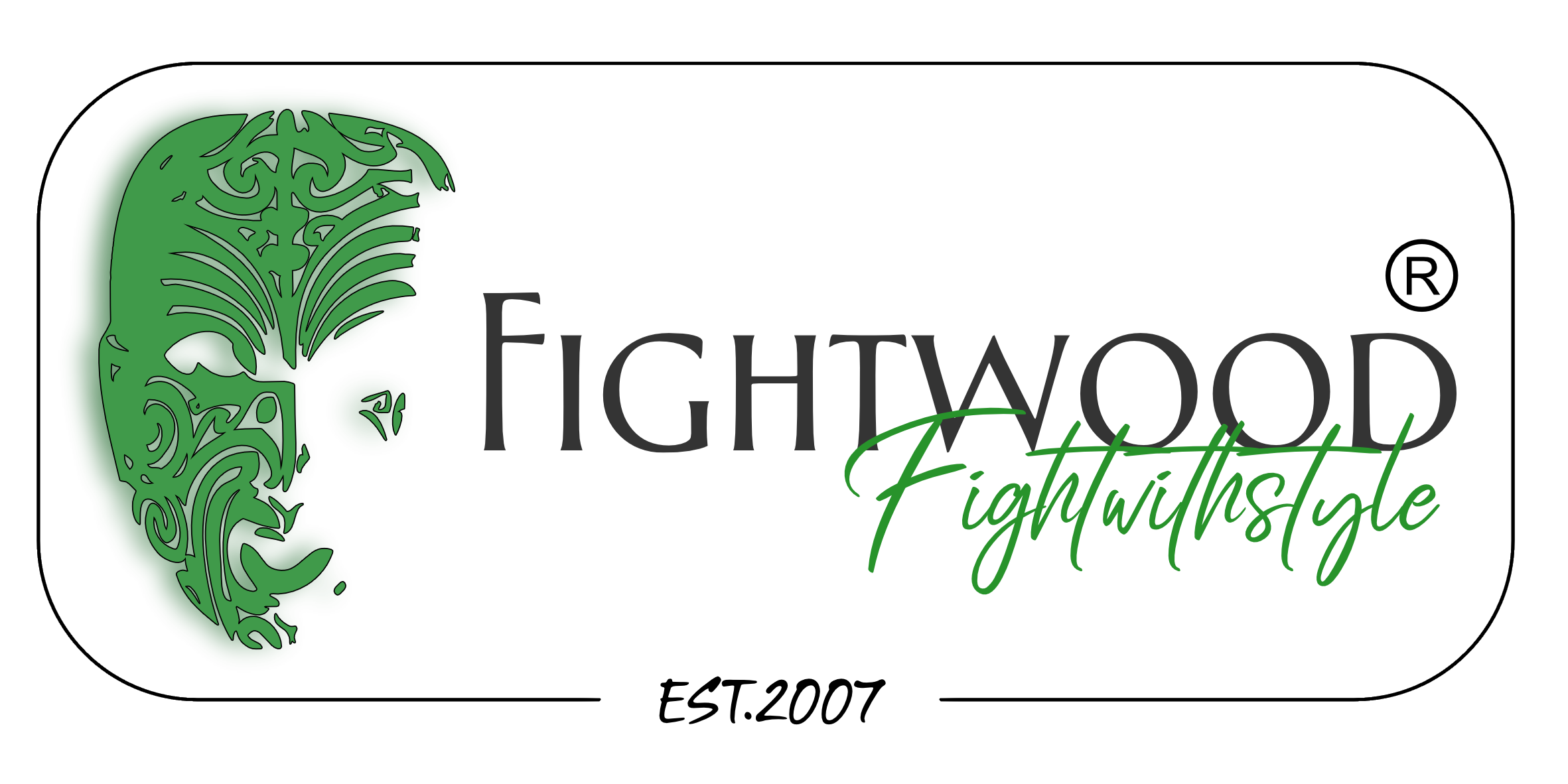Sgian Dubh Knife with Damascus steel blade and sheath
Description
Details:
- Overall length: approx. 19.5 cm
- Blade length: approx. 10 cm - Including matching leather sheath
- The blade is made of 512-layer Damascus steel.
Free shipping (only in Germany)!
“Sgian Dubh” is a small hand-forged Scottish dagger with an embellished ebony handle. This traditional blade, also called a "stocking dagger", is carried in the right stocking so that only the upper part of the handle can be seen. It was originally used for ceremonial purposes. The Sgian Dubh was part of the basic equipment of every Highland Scot since the 18th century.
The name comes from the Gaelic and means "black". It is unclear whether this only refers to the colour of the handle, which was in fact predominantly black, or whether it derives from the further meaning of "hidden”.
The terms Damascus steel or pattern welded designate compound steel forged out of two or more different types of steel. It is named after its birthplace, the Syrian city of Damascus, a former stronghold of the patterned steel production. As a common practice, a harder high carbon steel and a milder low carbon steel are repeatedly forge welded and folded together.
The high carbon steel ensures a higher hardness, easier to temper and longer lasting edge retention, whereas the milder steel confers greater blade flexibility and tensile strength. This procedure, which arose in a time where steel qualities were often low and inconsistent, enables to combine the positive attributes of the various steel grades. Besides, the different shadings generated by the varying carbon content of the alternating layers engender strikingly beautiful patterns, such as the twisted motif called Torsion Damascus pattern or the Rose Damascus pattern.
Undoubtedly, these unusual patterns partly explain why inherent magical properties were attributed to the Damascus steel blades of the Middle Ages. Such a damascene sword blade is for example depicted as a bloody worm or a poisonous snake in the Edda.
Not in stock? Contact us, maybe we can organize the item for you
